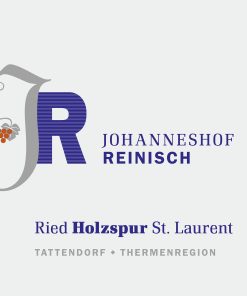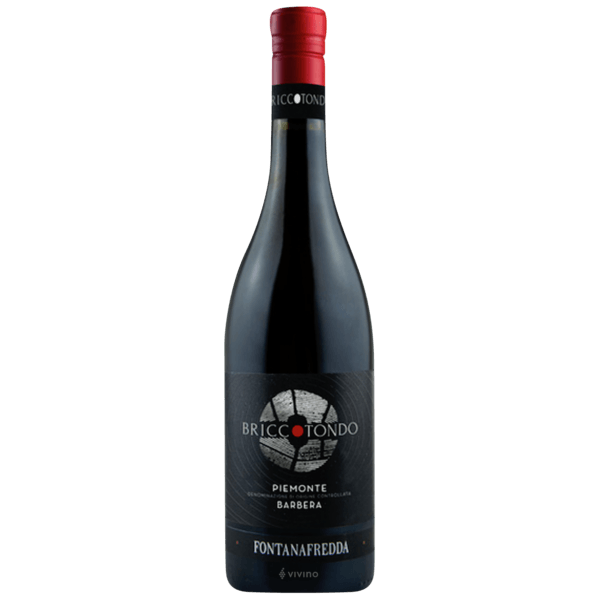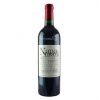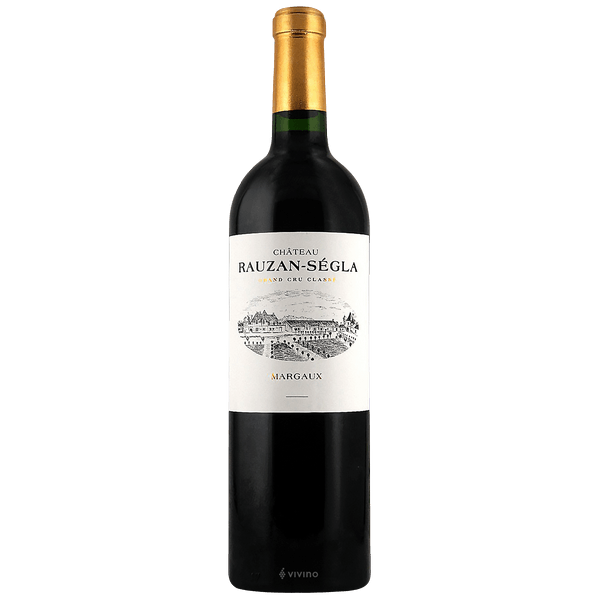2018 Fontanafredda Briccotondo
$13.99
2018 Ruby-Red Wine With Purple Highlights.
Out of stock
2018 Fontanafredda Briccotondo
2018 Fontanafredda Briccotondo
2018 Fontanafredda Briccotondo Piemonte Barbera, Piedmont, Italy
The 2018 Fontanafredda Briccotondo Barbera pours a ruby-red wine with purple highlights. The nose is packed with black fruit, especially blackberries and plums, with slight spicy overtones hinting at black pepper and cinnamon. Sweet, soft tannins come together in a closely-woven texture that merges with the fruit, while a crisp freshness provides a long, tasty finish.
A perfect match for starters, cured meats and fresh and medium mature cheeses.
BACKGROUND:
Since 1858, the Fontanafredda Estate & Winery has been instrumental to the growth and international awareness of Barolo, while championing sustainability and community engagement in the Langhe region of Piedmont. Under the lead of visionary entrepreneur, Oscar Farinetti, Fontanafredda has built a portfolio of wines that express the depth and diversity of the Langhe, produced from grapes that are farmed from organic and sustainably managed vineyards. Since the 2018 harvest, Fontanafredda is the largest certified organic winery in Piedmont.
TERROIR & VINTAGE NOTES
The 250-acre Fontanafredda property in Serralunga d’Alba, a cru site of Barolo, is the single largest contiguous wine estate in the Langhe and includes 247 acres of vineyards, 30 acres of woodland and 10 acres on which the cellars and village buildings lie. Owned vineyards are in the municipalities of Serralunga d’Alba, Diano d’Alba, Barolo, Dogliani, Farigliano, Alba, Rodello, and Murinsengo, at altitudes between 200 – 400m.
Havested from vineyards across Monferrato and the Langhe, with calcareous, sand-rich marly soils. Vineyards are at an average of 250-300m asl and planted with a high density of 5,000 vines/ha.
WINEMAKING & AGEING
Fermentation takes place in stainless steel tanks for around 6-7 days at 73-77°F, with frequent pumping over. Following, the wine is racked into concrete tanks for malolactic fermentation, which is completed in December.
Aged partly in new, Allier oak barrels and partly in large Slavonian oak casks. After a few months, it is ligtly fined and bottled in late spring.
Related products
2020 Domaine des Lambrays Clos des Lambrays Grand Cru 2020 Domaine des Lambrays Clos des Lambrays Grand Cru, A fresh red, with black currant and black cherry flavors shaded by floral, iron, earth and spice elements. Fluid and on the elegant side, with a solid underlying framework of tannins. Turns a bit leaner on the [...]
2020 Jean-Claude Bachelet Chassagne-Montrachet 1er Cru Macherelles 2020 Jean-Claude Bachelet Chassagne-Montrachet 1er Cru Macherelles presents a finely tuned nose of citrus lemon, peach skin and touches of candle wax and crushed stone. The palate is clean and precise on the entry, then very smooth and harmonious, offering seductive peachy, mango notes. Not amazingly complex on the [...]
 2017 Johanneshof Reinisch Thermenregion St. Laurent Ried Holzspur 750ML
2017 Johanneshof Reinisch Thermenregion St. Laurent Ried Holzspur 750ML  2015 Fattoria Le Pupille Morellino di Scansano Riserva
2015 Fattoria Le Pupille Morellino di Scansano Riserva  Collemattoni Brunello 2019
Collemattoni Brunello 2019 

